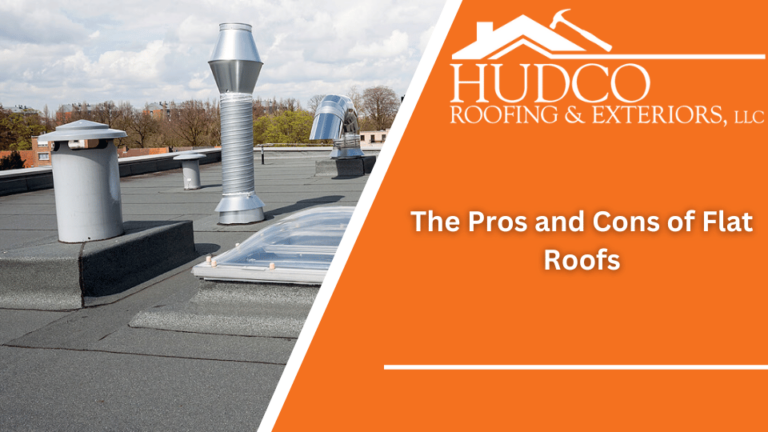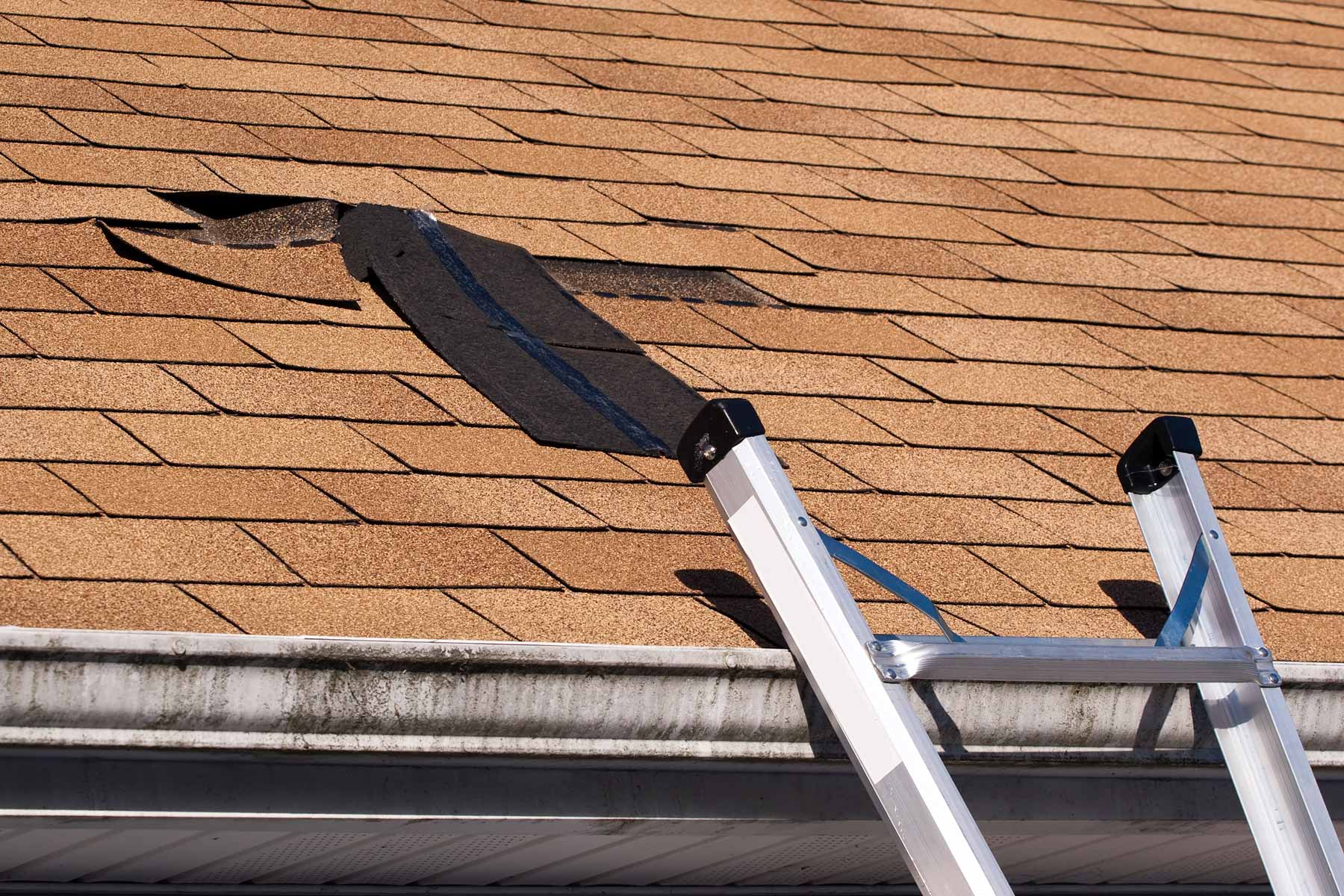The Pros and Cons of Flat Roofs with HUDCO Roofing & Exteriors. Flat roofs have been a popular choice for commercial and modern residential buildings for their unique aesthetic appeal and versatility. However, like any roofing system, flat roofs come with their own set of advantages and disadvantages. In this comprehensive guide, we’ll explore the pros and cons of flat roofs, helping you make an informed decision if you’re considering this roofing option for your property.
Pros of Flat Roofs:
Cost-Effective Installation: Flat roofs are typically more affordable to install than sloped or pitched roofs due to their simple design and fewer materials required.
Utilization of Space: Flat roofs provide additional usable space that can be used for various purposes, such as rooftop gardens, outdoor lounges, or solar panel installations.
Easy Access: Maintenance and repairs on flat roofs are generally easier and safer because they offer easy access for professionals.
Energy Efficiency: Flat roofs often accommodate the installation of energy-efficient features like green roofing systems, solar panels, or cool roofing materials, helping reduce energy costs.
Modern Aesthetic: Many contemporary architectural designs favor the clean, modern lines and aesthetic appeal of flat roofs.
Versatility: Flat roofs allow for the installation of HVAC units, skylights, and rooftop decks, maximizing the functionality of the space.
Cons of Flat Roofs:
Drainage Challenges: Flat roofs can suffer from poor drainage, leading to water ponding and potential leaks if not properly designed and maintained.
Limited Insulation: Insulation can be more challenging to install effectively in flat roofs, potentially leading to energy inefficiency and temperature control issues.
Durability Concerns: Flat roofs are more prone to damage from weathering, debris, and UV radiation. They may require more frequent repairs and maintenance.
Shorter Lifespan: On average, flat roofs tend to have a shorter lifespan compared to sloped roofs, which may necessitate more frequent replacements.
Maintenance Requirements: Regular maintenance is crucial for flat roofs to prevent water ponding, membrane damage, and other issues. Neglecting maintenance can lead to costly repairs.
Weight Restrictions: Flat roofs have weight limitations, which can restrict the installation of heavy equipment, such as large HVAC units or extensive green roof systems.
Types of Flat Roofing Materials:
The choice of roofing material plays a significant role in the performance and durability of a flat roof. Here are some common flat roofing materials and their characteristics:
Built-Up Roofing (BUR): BUR consists of multiple layers of roofing felt or fabric embedded in asphalt or tar. It offers good waterproofing but can be heavy and may require regular maintenance.
Single-Ply Membrane: Single-ply membranes, such as EPDM (ethylene propylene diene monomer) and TPO (thermoplastic polyolefin), are lightweight and durable options known for their weather resistance.
Modified Bitumen: Modified bitumen roofing is similar to BUR but with added modifiers for improved flexibility and strength. It offers good waterproofing and durability.
Green Roofs: Green roofs feature vegetation and a layered system that provides insulation and contributes to energy efficiency. They require proper maintenance but offer environmental benefits.
Metal Roofing: Metal roofs are lightweight, durable, and energy-efficient. They are suitable for both residential and commercial applications.
Maintenance and Longevity:
To maximize the longevity and performance of a flat roof, regular maintenance is essential. Here are some maintenance tips:
Inspect the roof for signs of damage or ponding water regularly.
Clear debris, leaves, and dirt from the roof’s surface and drainage systems.
Check for signs of membrane deterioration, cracks, or blistering.
Ensure proper drainage and address any ponding issues promptly.
Schedule professional inspections and repairs as needed.
The lifespan of a flat roof can vary depending on factors such as the chosen roofing material, climate, maintenance, and installation quality. Generally, flat roofs can last anywhere from 10 to 30 years, with proper care.
Conclusion:
Flat roofs offer unique advantages in terms of cost, aesthetics, and versatility. However, they also come with their own set of challenges, including drainage issues and maintenance requirements. When considering a flat roof for your property, it’s crucial to weigh the pros and cons, choose the right roofing material, and invest in regular maintenance to ensure its longevity and performance. Consulting with a professional roofing contractor can help you make an informed decision and ensure the success of your flat roof installation
HUDCO Roofing & Exteriors can provide you with the help you need. You can get in touch with us by calling us at 318-584-0044. We service areas in Alexandria, Houma, and Ruston, LA.



